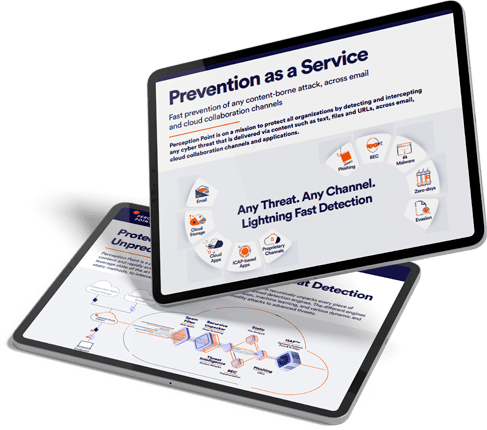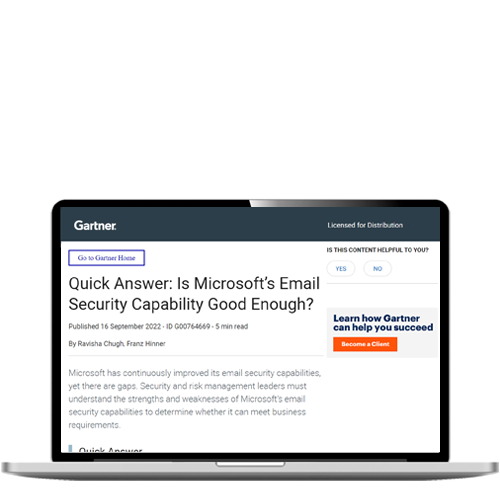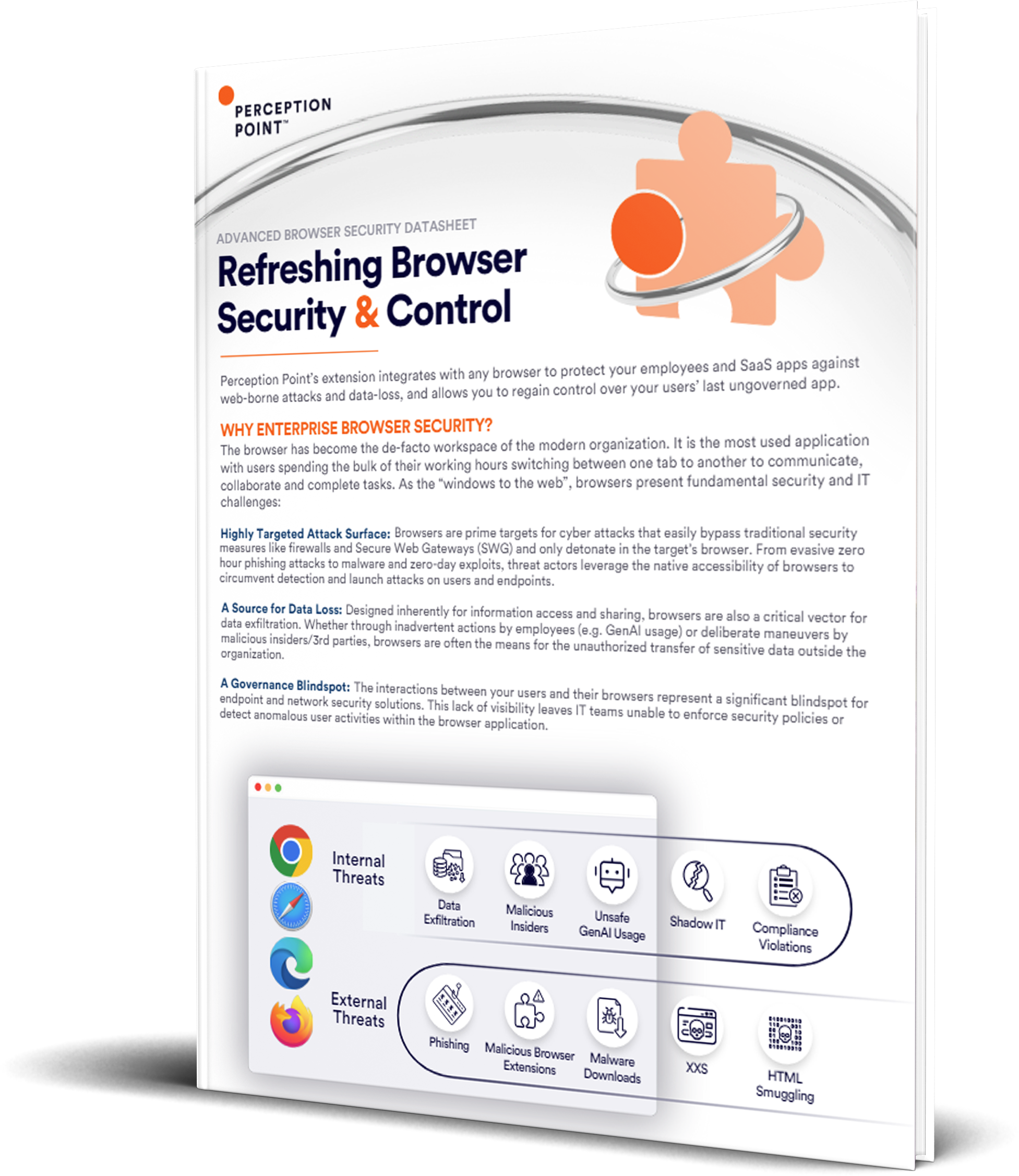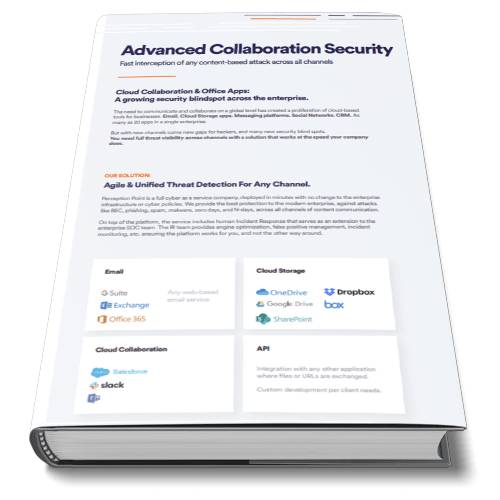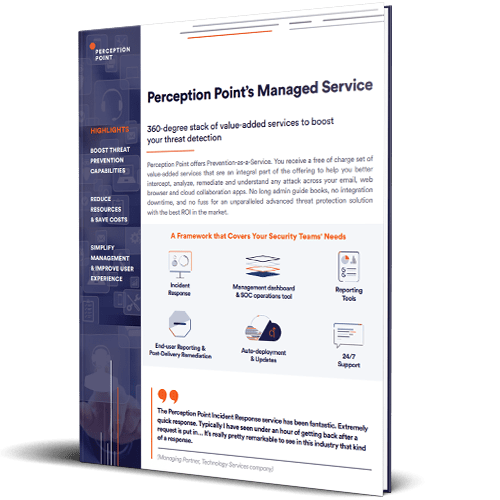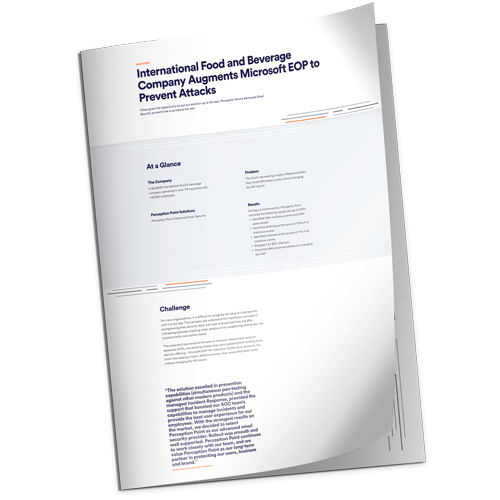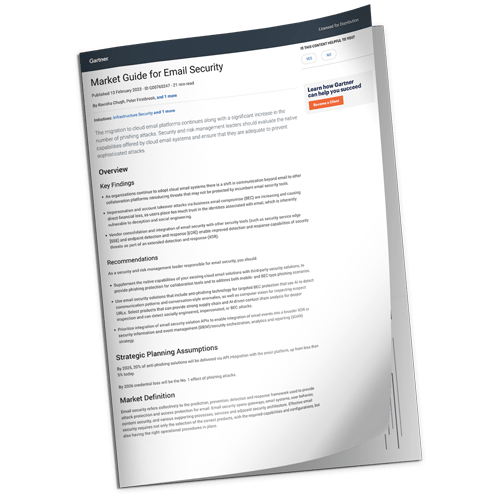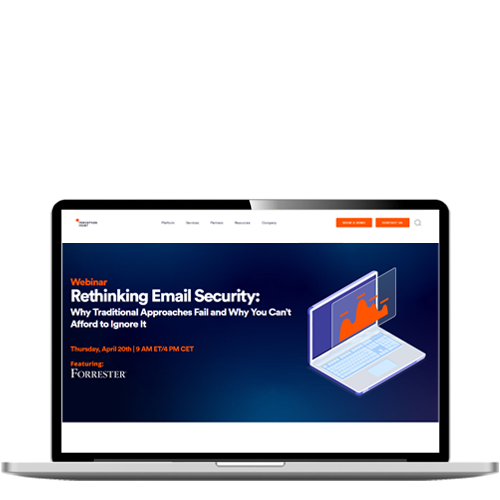What is Account Takeover (ATO)?
Account takeover (ATO) is a type of cybercrime in which an attacker gains unauthorized access to a victim’s online account. This can be done through various means, such as stealing login credentials, obtaining access to a victim’s mobile phone to bypass two-factor authentication, or using social engineering tactics to trick the victim into giving away their account information.
Once an attacker has taken over an account, they can use it to conduct fraudulent activity, such as making unauthorized transactions, sending spam or phishing emails, or accessing sensitive personal or financial information. ATO attacks can have serious consequences for both individuals and organizations, as they can lead to financial losses, damage to reputation, and loss of trust.
To protect against ATO attacks, it is important to use strong, unique passwords and enable two-factor authentication whenever possible. It is also important to be cautious when sharing personal information online and to be aware of common social engineering tactics used by attackers.
This is part of a series of articles about Account Takeover.
In this article

Tal ZamirCTO, Perception Point
Tal Zamir is a 20-year software industry leader with a track record of solving urgent business challenges by reimagining how technology works.
TIPS FROM THE EXPERTS
- Monitor for credential stuffing attacks Regularly check for large numbers of failed login attempts from a single IP or range, which may indicate a credential stuffing attack using breached credentials.
- Employ user and entity behavior analytics (UEBA) UEBA solutions utilize advanced machine learning algorithms to create behavioral profiles for users and detect anomalies that could indicate ATO attempts, even if credentials are correct.
- Enable account anomaly detection Set up systems to detect anomalies such as rapid changes to account settings, unusual transaction patterns, or access from new devices and geolocations in short time frames.
- Implement a robust incident response plan Ensure your organization has a detailed incident response plan, including predefined steps for containment, eradication, recovery, and communication with affected users.
- Regularly review and update access controls Periodically audit and update access controls to ensure only necessary permissions are granted, reducing the risk of excessive access that can be exploited in ATO attacks.
How Do Account Takeover Attacks Happen?
There are several ways that an attacker can carry out an ATO attack:
- Stealing login credentials: Attackers can use various methods to obtain a victim’s login credentials, such as phishing attacks, malware, or simply guessing weak passwords.
- Obtaining access to a victim’s mobile phone: In some cases, an attacker may be able to bypass two-factor authentication by gaining access to a victim’s mobile phone and intercepting the authentication code.
- Social engineering: Attackers can use social engineering tactics to trick victims into giving away their login credentials or other sensitive information. This can include posing as a legitimate company or individual and requesting account information, or creating fake websites or apps that appear legitimate in order to collect login credentials.
- Using compromised accounts: Attackers may also use accounts that have already been compromised in previous ATO attacks as a starting point for further attacks. For example, if an attacker gains access to a victim’s email account, they may be able to use it to reset passwords on other accounts and take them over as well.
It is important to be cautious when sharing personal information online and to use strong, unique passwords and enable two-factor authentication whenever possible in order to protect against ATO attacks.
How to Detect Account Takeover Fraud
There are several aspects that organizations should monitor in order to detect ATO fraud:
- Unusual account activity: Monitoring account activity for unusual logins, transactions, or other activity can help identify potential ATO attacks.
- Suspicious emails or other communications: Monitoring emails, text messages, and other communications for suspicious activity, such as phishing attempts or requests for sensitive information, can help detect ATO attacks.
- Changes to account information: Keeping track of changes to account information, such as email addresses or phone numbers, can help detect ATO attacks that involve updating this information.
- Account lockouts: Monitoring for unexpected account lockouts can help detect ATO attacks that involve attempts to gain unauthorized access to accounts.
- Access from unfamiliar devices or locations: Monitoring for access to accounts from unfamiliar devices or locations can help detect ATO attacks that involve the use of compromised accounts or devices.
By monitoring these indicators, organizations can more effectively detect ATO attacks and take action to prevent further damage. It is important for organizations to have a plan in place for responding to ATO attacks and to regularly review and update their security measures to protect against these types of attacks.
9 Ways to Prevent and Defend Against Account Takeover
There are several controls and tools that can be used to prevent and protect against account takeover (ATO) attacks:
1. Strong, Unique Passwords
Using strong, unique passwords for all online accounts can make it more difficult for attackers to guess or obtain login credentials. A password manager can help generate and store strong, unique passwords.
2. Multi-factor Authentication
Multi-factor authentication, which requires multiple forms of authentication in addition to a password, can provide an additional layer of protection against ATO attacks. Examples of additional forms of authentication include biometric authentication, security tokens, and one-time passwords. By requiring multiple forms of authentication, it becomes more difficult for an attacker to gain access to an account.
3. Email and Phishing Protection
Email and phishing protection tools can help prevent the delivery of phishing emails and protect against ATO attacks that involve the use of these emails to obtain login credentials. These tools may use techniques such as scanning emails for suspicious content, blocking known phishing websites, and providing warnings when a user attempts to visit a potentially malicious website.
4. Network and Endpoint Security
Network and endpoint security measures, such as firewalls, antivirus software, and intrusion detection systems, can help prevent ATO attacks that involve the use of malware or other malicious software. These measures can help protect against network and device vulnerabilities and detect and block malicious activity.
5. Security Awareness Training
Providing security awareness training to employees can help prevent ATO attacks that involve social engineering tactics, such as phishing or pretexting. This training can include educating employees on the types of attacks they may encounter, how to recognize and report suspicious activity, and how to protect sensitive information.
6. Session Monitoring
Session monitoring involves tracking user activity and detecting unusual patterns or behaviors. By monitoring user sessions, it is possible to detect and prevent ATO attacks by identifying and blocking suspicious activity.
7. Account Recovery Options
Account recovery options, such as the ability to reset passwords using security questions or email verification, can help prevent ATO attacks and provide a means of recovering compromised accounts. These options can be particularly useful in cases where an attacker has obtained login credentials or has gained access to an account through other means.
8. Behavioral Analytics
Behavioral analytics involves analyzing user behavior and detecting deviations from normal patterns. By analyzing user behavior, it is possible to detect and prevent ATO attacks by identifying and blocking suspicious activity. Behavioral analytics tools may use techniques such as machine learning and anomaly detection to identify unusual patterns of behavior.
9. Deception Technology
Deception technology involves creating false targets for attackers to focus on. Examples of deception technology include honeypots and decoy systems. Honeypots are systems that are intentionally left vulnerable and appear to be real production systems, but are actually used to detect and deflect attacks. Decoy systems are systems that are used to distract and mislead attackers, making it more difficult for them to identify and target real systems.
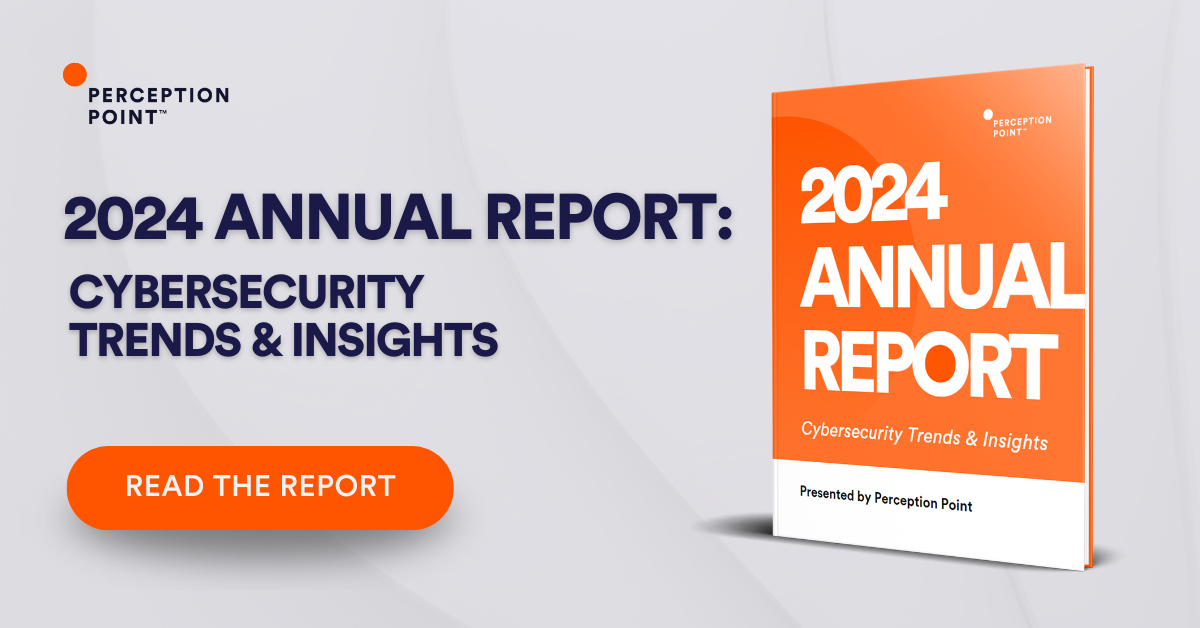
Account takeover (ATO) is a type of cybercrime in which an attacker gains unauthorized access to a victim’s online account. This can be done through various means, such as stealing login credentials, obtaining access to a victim’s mobile phone to bypass two-factor authentication, or using social engineering tactics to trick the victim into giving away their account information.
There are several ways that an attacker can carry out an ATO attack, including:
– Stealing login credentials
– Obtaining access to a victim’s mobile phone
– Social engineering
– Using compromised accounts
There are several aspects that organizations should monitor in order to detect ATO fraud:
– Unusual account activity
– Suspicious emails or other communications
– Changes to account information
– Account lockouts
– Access from unfamiliar devices or locations
There are 9 ways you can prevent account takeover attacks:
1. Strong, Unique Passwords
2. Multi-factor Authentication
3. Email and Phishing Protection
4. Network and Endpoint Security
5. Security Awareness Training
6. Session Monitoring
7. Account Recovery Options
8. Behavioral Analytics
9. Deception Technology


